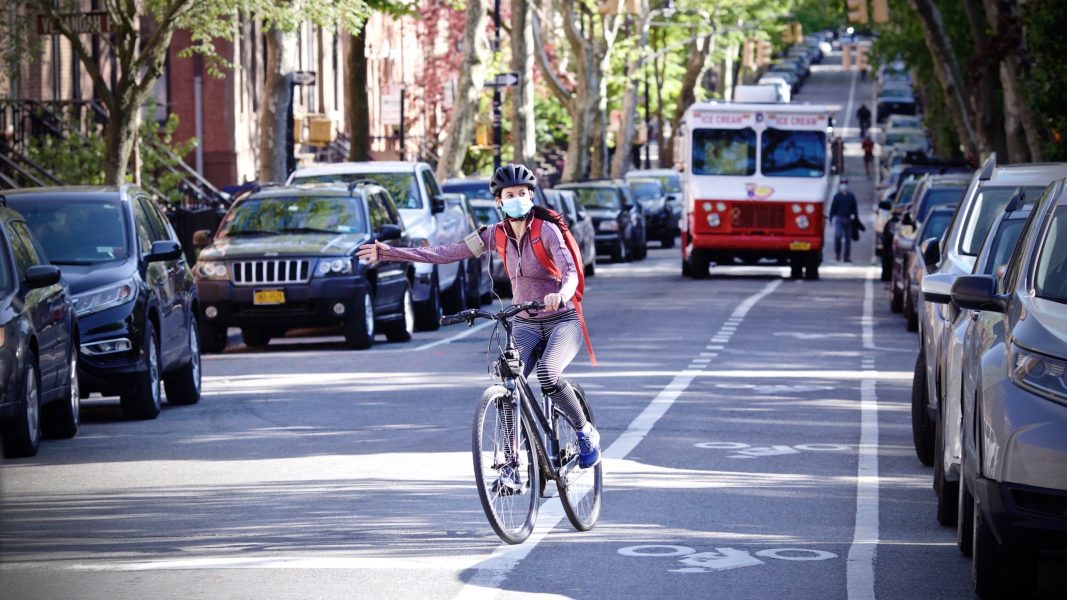
Bike and Bike Tracks: How Covid Increased Investment

The Covid-19 pandemic has forced many countries to take far-reaching measures to protect cyclists. France has the third largest European public investment in cycling mobility.
Some European countries have not waited for the coronavirus to invest heavily in cycling infrastructure. This is the case with the Netherlands and Denmark, which have always been ahead of their neighbors in this area. Other countries have now taken the plunge as more and more users have moved away from public transport in favor of a bicycle or e-bike due to the Covid-19 crisis. Cyclists were big business, with significant shortages reported: this is where governments realized they needed to do something to follow suit. Then many people created the necessary infrastructure to support the cycling boom.
Over € XNUMX billion dedicated to cycling infrastructure
These measures are being transformed into classic cycle paths, car-free zones and speed reduction measures in 34 of the 94 largest cities in the European Union. In total, more than a billion euros have been spent on bicycle infrastructure in Europe since the advent of Covid-19, and more than 1 km has already been opened for two-wheeled vehicles.
According to the European Cycling Federation, Belgium is at the top of the governments spending the most on supporting its cyclists since the pandemic, with the country spending € 13,61 per person per bike, nearly double Finland's (€ 7.76). ... With a budget of € 5.04 per capita, Italy ranks first, while France comes in fourth with € 4,91 per capita.

